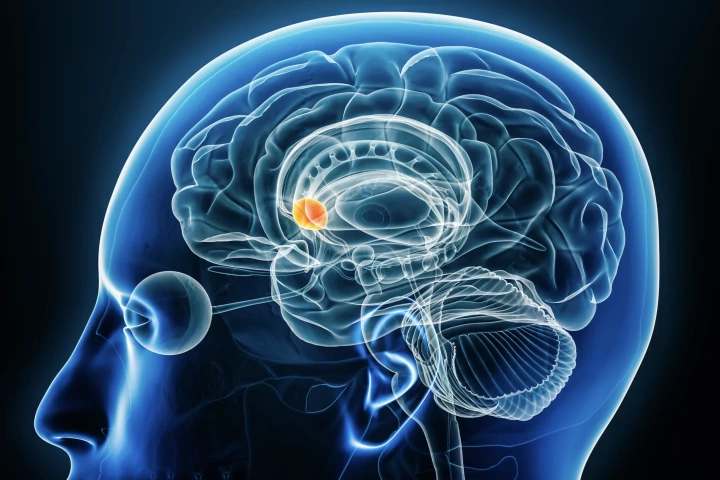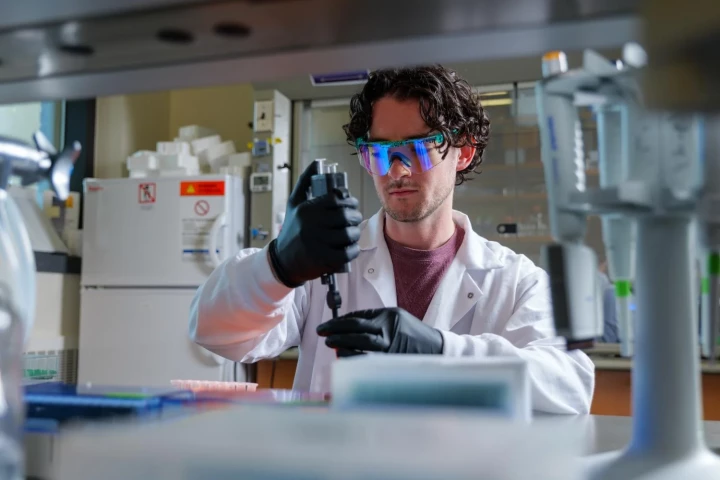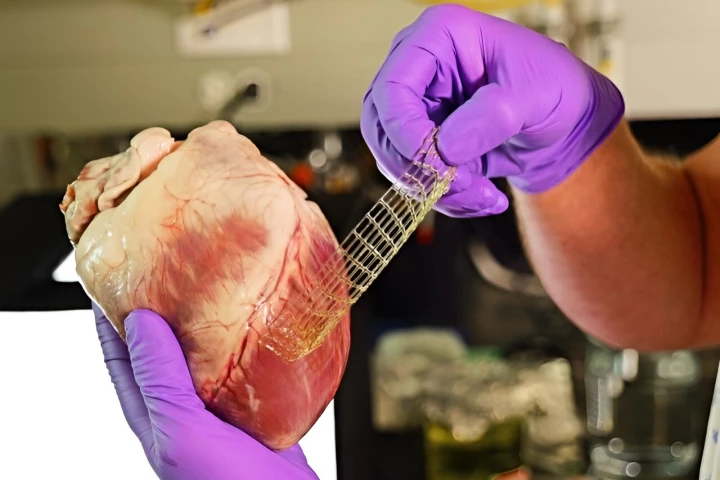University of Colorado
-
Spots and stripes serve many purposes in nature, but how they form has been more of a mystery. Now, researchers have advanced their breakthrough theory – and it could help us design materials that can respond to the environment and change color on demand.
-
Scientists have shown that far-UVC lights, which are already commercially available, can rapidly break down common airborne allergens, offering a safe and fast new way to ease asthma and allergy triggers indoors.
-
Your morning coffee might do more than wake you up – it could weaken donated blood. A large new study shows caffeine lowers red blood cell quality, making transfusions less effective, especially in patients who need them most.
-
In a groundbreaking study, scientists have mapped the most detailed genetic blueprint yet of frailty – the age-related decline that affects around 40% of people aged 65 and over. It provides new hope for developing precision anti-aging therapies.
-
Dopamine doesn’t flood the brain as once believed – it fires in exact, ultra-fast bursts that target specific neurons. The discovery turns a century-old view of dopamine on its head and could transform how we treat everything from ADHD to Parkinson’s.
-
If you're trying to avoid sugar in your diet, you'll want to be careful about how you choose and use your artificial sweeteners. A new study shows that a popular sugar substitute called erythritol could increase your risk of suffering a stroke.
-
The largest study into the effects of cannabis on young adults' brains has found that the drug can reduce brain function during cognitive tests. The findings will help people make an informed decision about the pros and cons of using cannabis.
-
Nobody enjoys giving blood samples, but it’s a necessary part of doctor visits. Soon we might not have to, thanks to a new device that can isolate biomarkers for different diseases using sound waves, from a single drop of blood, in around an hour.
-
A new medical 3D-printing method has been developed that takes its cues from the way tangles of worms interact in nature. The resultant material produced could patch up leaky heart parts or stabilize spinal discs, among other applications.
-
We've all heard "to follow one's nose" when it comes to trusting your gut. Now, scientists have found that the brain does exactly this, when previously unknown decision-making time cells fire up and evoke a rapid physical response to certain smells.
-
Older adults who are new to migraines are more than three times as likely to crash their motor vehicle in the first year after diagnosis than others. The findings highlight a new road risk for seniors who may benefit from counseling about safe driving.
-
Researchers have developed a biodegradable patch engineered from human cells that could be used to correct infant congenital heart defects, limiting the need for multiple invasive surgeries and outlasting current non-living, non-degradable patches.
Load More











